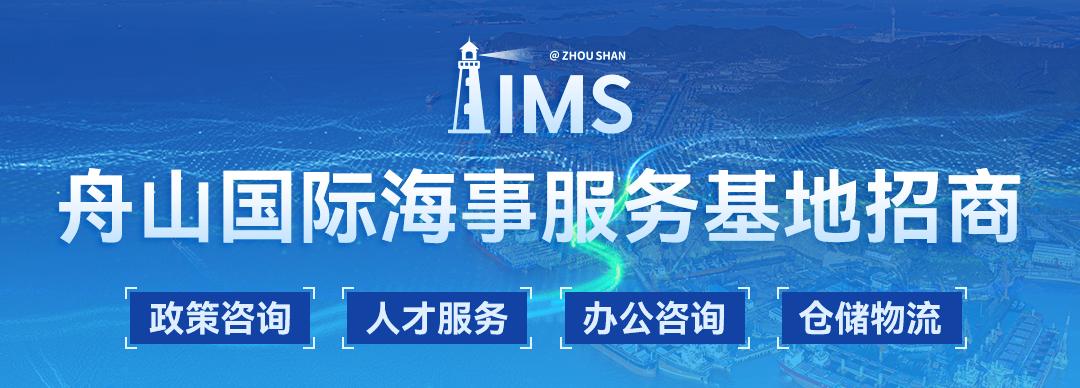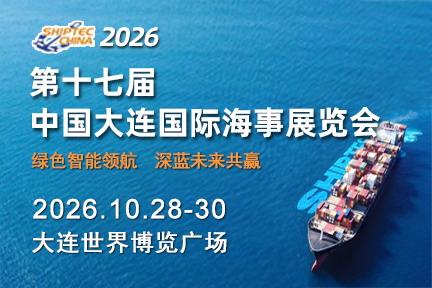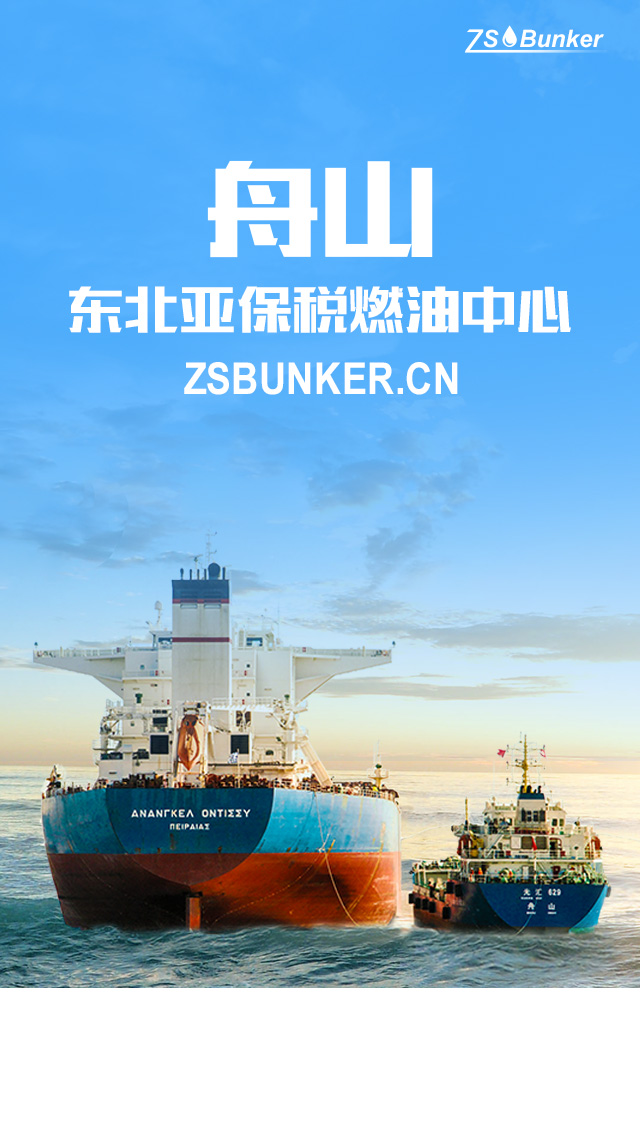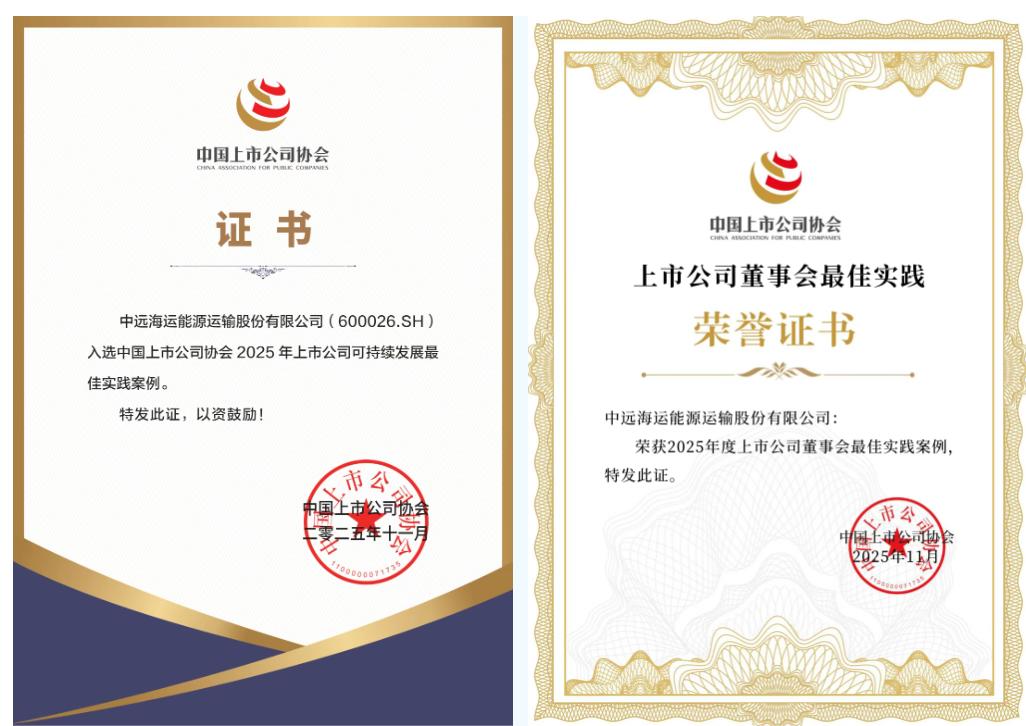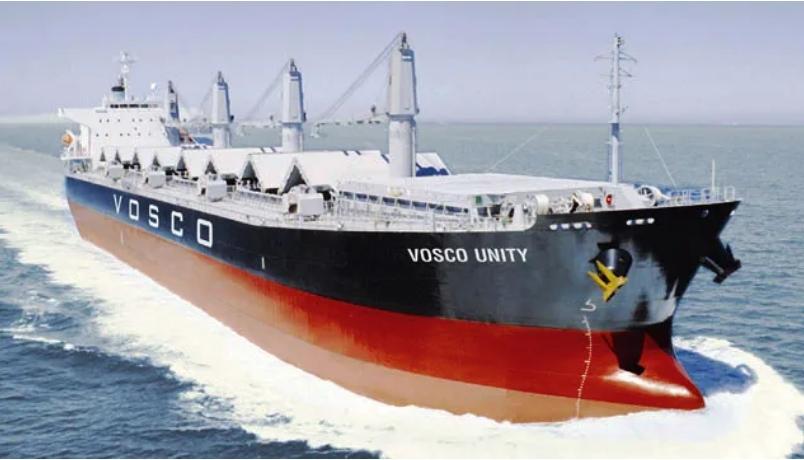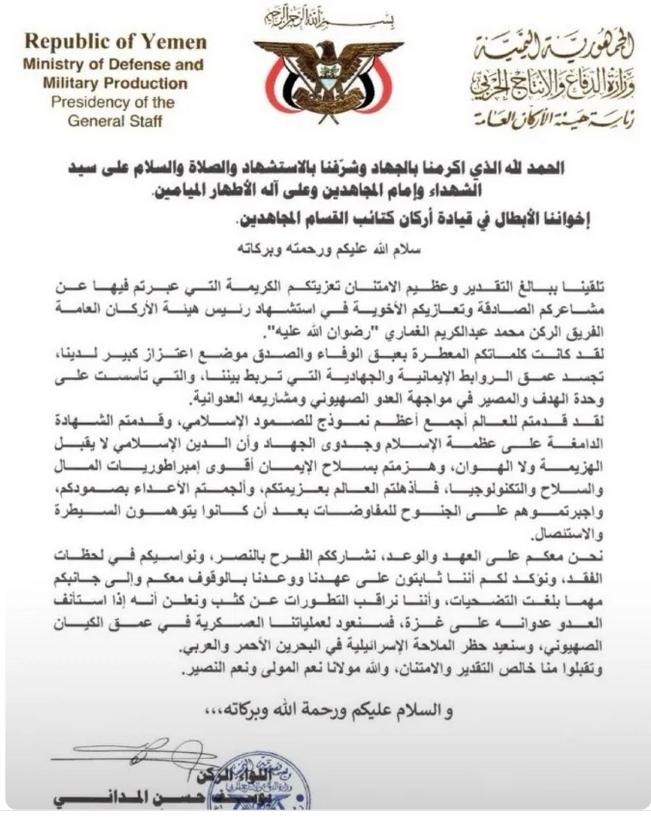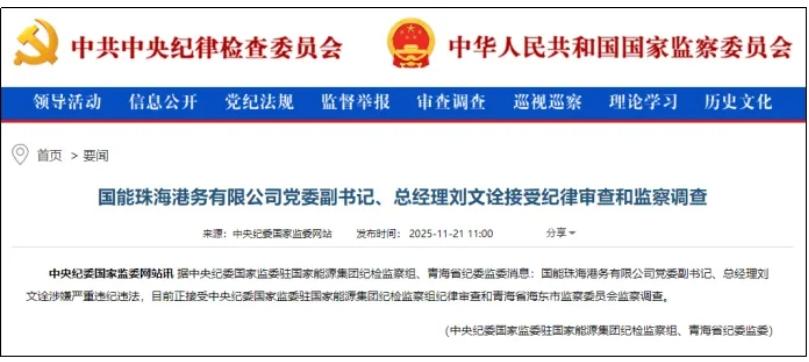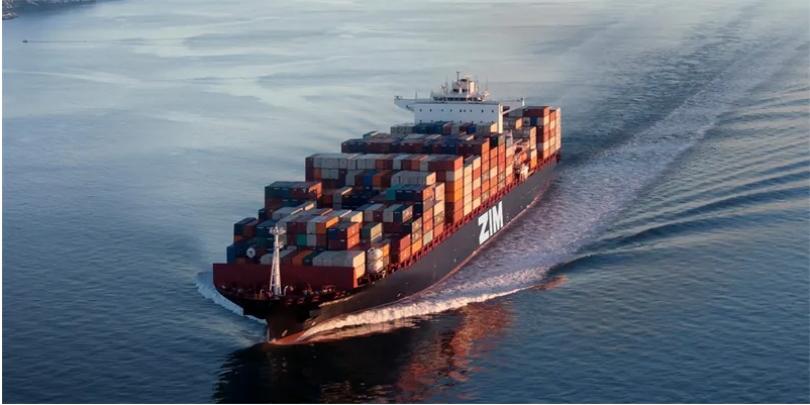
(下方有译文)
SALEFORM 2012 CLAUSE 4
4. Inspection
(a)*The Buyers have inspected and accepted the Vessel's classification records. The Buyers have also inspected the Vessel at/in [ ] ( state place) on [ ] (state date) and have accepted the Vessel following this inspection and the sale is outright and definite, subject only to the terms and conditions of this Agreement.
(b) *The Buyers shall have the right to inspect the Vessel's classification records and declare whether same are accepted or not within [ ] (state date/period).
The Sellers shall make the Vessel available for inspection at/in [ ] (state place/range) within [ ] ( state date/period).
The Buyers shall undertake the inspection without undue delay to the Vessel. Should the Buyers cause undue delay they shall compensate the Sellers for the losses thereby incurred.
The Buyers shall inspect the Vessel without opening up and without cost to the Sellers.
During the inspection, the Vessel's deck and engine log books shall be made available for examination by the Buyers.
The sale shall become outright and definite, subject only to the terms and conditions of this Agreement, provided that the Sellers receive written notice of acceptance of the Vessel from the Buyers within seventy two (72) hours after completion of such inspection or after the date/last day of the period stated in Line 59, whichever is earlier.
Should the Buyers fail to undertake the inspection as scheduled and/or notice of acceptance of the Vessel's classification records and/or of the Vessel not be received by the Sellers as aforesaid, the Deposit together with interest earned, if any, shall be released immediately to the Buyers, whereafter this Agreement shall be null and void.
*4(a) and 4(b) are alternatives; delete whichever is not applicable. In the absence of deletions, alternative 4(a) shall apply.
5.20 INSPECTIONS
5.20.1 Interpretation
Clause 4(a) and (b) of Saleform 2012 offer two alternatives (as in Saleform 1993) in relation to inspections, one of which should be deleted by the parties. If the parties fail to delete one of the alternatives, they will be deemed to have chosen the first alternative at clause 4(a).
For the sake of completeness, it is worth mentioning that there is a third alternative, namely no inspection at all. If there is to be no clause 4(a) or (b) inspection, the parties should delete all of clause 4 (to avoid clause 4(a) applying by default), insert wording that the sale is outright and definite subject only to the terms and conditions of the contract and replace “the inspection” references in clause 11 with suitably worded references to the date of the Saleform contract.
5.20.2 First alternative – clause 4(a): outright sale
The first alternative (in lines 52–55) covers the outright sale situation, in which the buyer has inspected and accepted the ship and her classification records during negotiations and before signing the contract.
In line 52 the buyer confirms that it has inspected and accepted the ship's classification records. This inspection will usually take place at the offices of the relevant Classification Society.
In line 53 the parties record the place where the pre-contract inspection of the ship took place and the date when it was held. In lines 54 and 55 it is then provided that the “Buyers have accepted the ship following this inspection and the sale is outright and definite, subject only to the terms and conditions of this Agreement”.
5.20.3 Second alternative – clause 4(b): sale subject to inspection
The second alternative (at clause 4(b)) contemplates inspections being carried out after contract signing. In its unamended form, clause 4(b) of Saleform 2012 provides for three different inspections:
- Buyer's inspection of the ship's classification records (lines 56 and 57);
- Buyer's superficial inspection of the ship without opening up (line 62); and
- an inspection of the ship's deck and engine log books (lines 63–64).
- Saleform 2012 imposes an obligation on the seller to “make the Vessel available” (lines 58–59) at a stated place and date/period. This language is clearer than that used in Saleform 1993 (where the seller has to provide for inspection of the vessel “at/in”) but the sense has not changed.
By lines 56 and 57 of clause 4(b), the buyer has the right to inspect the ship's classification records and, within a pre-agreed period, to declare whether or not it accepts such records. Often the buyer will commission an independent surveyor to inspect and report upon the ship's classification records.
5.20.5 Clause 4(b) – superficial inspection of the ship
By lines 58–59 in clause 4(b), the seller is obliged to make the ship available for a superficial physical inspection at a pre-agreed place and time. Failure by the seller to provide proper facilities for the inspection will be a breach of the sale contract.
Unless the buyer is already familiar with the condition of the ship, it may seek to amend the printed terms of clause 4 so as to entitle it to make a more detailed inspection of the ship involving, say, the opening up and demonstrating or testing of the ship's engines and machinery, and in some cases a programme of specified sea trials.
The commercial balance between the parties (and therefore the extent to which a prospective buyer may be able to modify market practice in this regard) will be dictated on a case-by-case basis by factors such as the state of the market for ships of the type in question and any factors putting the parties under pressure to sell or, as the case may be, buy the ship in question. But, in practice, the seller will often be unwilling to allow the buyer the opportunity to make anything other than a superficial inspection.
As with the inspection of classification records, the buyer will often commission independent surveyors to carry out (and report upon) the afloat inspection of the ship and such surveyors will normally be asked to make a detailed written and photographic report recording the parts inspected and the results of the inspection.
Saleform 2012 (like Saleform 1993) leaves open the possibility of the physical inspection being carried out while the ship is in drydock.
By lines 60–61 in clause 4, the buyer is obliged to inspect the ship without undue delay to the ship. If it breaches this obligation, the buyer will be liable to compensate the seller for any losses caused by the delay. In practice, the buyer may negotiate for the deletion or amendment of this provision.
5.20.6 Clause 4(b) – inspection of deck and engine log books
At the same time as the seller makes the ship available for a superficial physical inspection, it is obliged to make the ship's log books available for inspection. The scope of inspection can be amended if agreed between the parties.
5.20.7 Buyer's discretion under clause 4(b)
The effect of clause 4(b) is that the buyer's acceptance of the ship and of her classification records are conditions precedent to the buyer's obligation to purchase the ship. Further, in its unamended form clause 4 of Saleform 2012 gives the buyer an absolutely unfettered discretion either to accept or to refuse the ship following inspection or even if the buyer fails to carry out the inspection. Thus, if as a result of a fall in the market between the time when the contract is signed and the time when the afloat inspection is made, the buyer concludes that it has made a bad bargain, it would be entitled to refuse the ship and recover its deposit and accrued interest.
For this reason the seller may seek to amend the printed terms of clause 4(b) so as to tie the buyer's right of refusal to matters actually connected with its inspection of the ship and her records.69 However, the buyer will often counter by insisting that any such provision must contain a subjective test in its favour and, in the absence of an objective standard against which the buyer is to judge the ship and her records, it is difficult to see how a tie-in provision would assist the seller in circumstances where the buyer goes through the motions of making a diligent inspection and then refuses the ship for reasons said to be connected with the inspection.
5.20.8 Clause 4(b) – acceptance
In lines 66–68 in clause 4(b), the buyer must confirm its acceptance (or rejection) of the ship within 72 hours following completion of the inspection or within 72 hours after the date/last day of the period stated in line 59 (date or period agreed for inspection) whichever is earlier.
5.20.9 Clause 4(b) – failure to confirm acceptance
If the buyer should fail either to undertake the inspection as scheduled, or to confirm acceptance of the ship and her classification records in the manner and within the time stipulated in lines 67–68, clause 4 provides that the deposit and interest accrued (if any) shall be immediately released to the buyer and the contract shall thereafter be null and void.
5.20.10 Clause 4(a) and (b) – effect of acceptance
The effect of acceptance of the ship and of her classification records under clause 4(a) and (b) is the same; namely that the sale becomes outright and definite, subject only to the other terms and conditions of the contract.
While there are a number of terms and conditions in Saleform 2012 which affect the “outright and definite” nature of the sale (for example, the seller's documentary obligations under clause 8), the crucial provisions relating to the ship's physical condition are contained in clause 11.
The starting point with clause 11 – as far as the ship's physical condition is concerned – is that the ship “shall be delivered and taken over as she was at the time of inspection, fair wear and tear excepted”. Lines 311–313 make clear that the “inspection” being referred to in clause 11 is the inspection carried out under clause 4(a) or (b) as the case may be.
Clause 11 provides that the ship will be delivered “with her class maintained without condition/recommendation…”. Therefore, if at the time of the buyer's inspection of the classification records any conditions or recommendations were recorded against the ship (and the seller intends that they shall remain at the time of delivery), the seller will need to amend the printed terms of clause 11 to provide that the ship shall be free of conditions and recommendations save for those existing at the time of the inspection of the classification records. If this amendment is not made the seller would be required to take such action as might be necessary to ensure that the relevant class conditions or recommendations are removed before delivery.
5.20.11 Other inspections
In addition to the inspection regime set out in clause 4 of Saleform 2012, there is the possibility of a pre-delivery drydock inspection or divers' inspection under clause 6.
If its bargaining position permits it to do so, the buyer will often seek the right to make a formal inspection immediately before delivery in order to compare the condition of the ship at that time with the condition found at the time of the earlier inspection, the objective being to identify any deterioration between these times that exceeds the “fair wear and tear” allowance provided for in clause 11.
Such a right would be particularly valuable for the buyer where there is a significant time lag between contract signing and delivery (which might be the case where the ship is working off an existing contract of affreightment or charter commitment) but there are obvious risks for the seller. If the balance of negotiating power is such that the seller feels compelled to accept such a proposal, it could seek to minimise the risks by insisting that both inspections are to be carried out (and documented) by a jointly appointed independent surveyor. Such an arrangement could hold advantages for both sides because it would give the buyer an additional inspection right which they do not have under the printed terms of Saleform, and, providing that the independent surveyor is not improperly influenced by the buyer, it could help to protect the seller against “condition” claims from the buyer's side which are not genuine.
If the buyer wishes to have the right to arrange for a condition survey to be made by insurance or bank surveyors, and to reject the ship and withdraw from the contract without liability on their part in the event of the ship failing to pass such a survey, the buyer should negotiate for an appropriate amendment to the printed terms of clause 4 of Saleform 2012.
5.21 NOTES ON NIPPONSALE 1999
Boxes 9 and 10 of Nipponsale 1999 call for the dates and places where the buyer made its pre-contractual superficial inspection of the ship and her class records. Nipponsale 1999 assumes that the buyer have made these inspections, and accepted the ship and her class records, before the sale agreement is signed. This is in contrast with the position under Saleform 2012 and SSF2011, each of which (at clause 4(b) and 3(b), respectively) contains an optional arrangement under which the buyer may make such inspections after the sale contract has been signed.
5.22 NOTES ON SSF2011
Clause 3 of SSF2011 closely follows the approach taken in clause 4 of Saleform 2012 and its predecessor. As with Saleform, the printed terms offer two alternatives for inspection, one of which is to be deleted by the parties.
Clause 3(a) of SSF2011 applies where the buyer has inspected the ship and its classification records prior to signing the contract and the sale is expressed to be outright subject only to the terms and conditions of the contract. The place and date of the ship inspection is to be inserted in Box 9(i).
Clause 3(b) of SSF2011 applies where the inspection is to take place sometime in the future. The port and date of this ship inspection are to be inserted in Box 9(i) (as in the case of the clause 3(a) inspection) but in this case the parties may negotiate a geographical and temporal range. Again, the approach follows that adopted in clause 4 of Saleform 2012.
There is a guidance note to clause 3(b) of SSF2011 which seeks to define the manner and scope of the inspection. This includes a confirmation that while photographs may be taken the inspection shall be carried out without opening up and at seller's cost.
The guidance note also specifies that the inspection shall include inspection of the ship's classification records, deck and engine log books and available ballast spaces. While this list gives the buyer comfort as to its minimum inspection rights, it can be argued that it may give the seller the opportunity to refuse access to areas which are not so specified. Accordingly, if a buyer wishes to inspect particular areas of the ship, it should negotiate to include an amendment to the printed terms.
As with Saleform if the buyer fails to positively accept the ship by giving notice to that effect within 72 hours following completion of the inspection, the buyer becomes immediately entitled to the return of its deposit (and any interest) and the contract is thereafter null and void.
中文译文

挪威船舶买卖合同格式第4条款
4. 检查
(a). *买方已经检查并接受船舶的船级记录。买方也已经在[ ](载明地点)在[ ](标明时间)内对船舶进行了检查,并且在该检查之后已经接受了该船舶,那么,船舶买卖关系,仅根据本协议的条款和条件,彻底无条件地和明确肯定地宣告成立。
(b). *买方应该有权检查该船舶的船级记录,并在[ ](标明的日期/期限)内宣布是否接受船舶现状买卖。
卖方应该在[ ](载明地点/地区范围)在[ ](标明时间/期限)内为买方安排船舶以供检查。
买方应该承诺该检查不得给船舶造成无故不合理的延误。如果买方造成了无故不合理的延误,则应当赔偿卖方因此而遭受的损失。
买方应将检查船舶,但不得打开/拆开以及不能给卖方造成任何费用。
在检查期间中,船舶航海日志和轮机日志应提供给买方进行检查。
如果在买方完成本次检查之后,或者在第59行标明的日期/期限的最后一天之后72小时内,以二者较早时间为准,卖方收到来自买方的接受该船舶的书面通知,那么,船舶买卖关系仅受限于本协议的条款和条件,彻底无条件地和明确肯定地宣告成立。
如果买方未能按原定计划检查船舶,和/或卖方没有在上述条件下接收到买方的,接受该船舶船级记录的通知,和/或接受该船舶的通知,保证金连同赚取的利息(如果有),应该立即释放给买方,在此之后,该协议应该宣告无效和空白作废。
* 4(a) 和4(b)二者选一;删除不适用条款。如果未作删除,则视为选择(a)适用。
5.20 检查
5.20.1 解释
Saleform2012格式第4条款(a)和(b)项,就船舶检查方面提供两种选择(如同1993年Saleform格式),其中一个应该由合同当事人删除掉。如果双方没有删除其中之一,他们将被视为已经选择了(a)项第一种选择。
为完整起见,这值得一提的是,还有第三种选择,即没有进行船舶检查。如果是没有进行第4(a)或(b)项检查时,合同当事人应当全部删除第4条款(以避免在默示情况下适用第4条款(a)项),插入文字‘该买卖是彻底无条件和明确肯定地宣告成立,仅受本合同条款和条件的约束’,以及参照Saleform合同的日期,用适当的文字替代第11条款中提到的‘检查’的含义。
5.20.2 第一种选择:第4(a)条款 彻底无条件出售
第一种选择(第52-55行),涉及是无条件出售的情况,即在买卖谈判期间,签署合同之前,买方已经检查和接受了该船舶的状况和船级记录。
在第52行,买方确认已检查并接受船级记录。这种检查将通常是在相关船级社的办公室进行。
在第53行,合同双方应标明在合同生效前进行检查的地点和日期。然后,在第54和55行,规定‘买方已经根据该检查接受了该船舶,那么,船舶买卖关系即仅根据本协议的条款和条件,彻底无条件地和明确肯定地宣告成立。’
5.20.3 第二种选择:第4(b)条款 以检查后为条件出售
第二个选择(在第4(b)条款)预期,在合同签订后进行检查。在未修改的格式中,Saleform 2012第4(b)条款提出了三种不同的检查:
(1) 买方检查船舶的船级记录(第56和57行);
(2) 买方表面检验船舶,而无需打开/拆开(第62行);
(3) 检查船舶航海日志和轮机日志(第63-64行)。
(4) Saleform 2012格式,强加给卖方的义务是在规定的地点和日期/期间‘提供船舶以备检查’(第58-59行)。这种措辞,比Saleform 1993格式中使用的语言(卖方必须提供船舶以备在___(时间)___地点进行检查)更清晰,但意义并没有改变。
5.20.4 第4(b)条款——检查船级记录
在第4 (b)条款第56和57行,买方有权检查船舶的船级记录,并在预先约定的期限内,有权宣布是否接受这样的记录。通常情况下,买方将委托独立的验船师进行检查和对船舶的船级记录提交报告。
5.20.5 第4(b)条款——表面检查船舶
在第4(b)条款第58-59行,卖方有义务提供船舶以备在预先约定的时间和地点进行表面检查。卖方未能提供适当的检查便利,将视为违反买卖合同。
除非买方已经熟悉船舶的状况,他可能会试图要求修改第4条印就条款,从而赋予他更详细检查船舶的权利,比如说,涉及到打开船舶主机和其它机器,和展示或测试船舶主机和机器(是否可用),以及在某些情况下,按照规定的程序进行海试。
双方合同之间商业利益的平衡(因此,在何种程度上,一个潜在买家能够改变在这方面的市场惯例)将受到每个案例的不同基础背景下,诸多因素的制约,例如,该类型船舶的市场状态,合同各方出售或购买(视情况而定)所承受的压力,等等。但是,在实践中,卖方往往会不愿意准许买家有机会做任何除表面检查之外的其他事情。
如同船级记录检查一样,买方通常会委托独立的验船师进行(并报告)船舶漂浮状态检查,而且这些验船师通常会被要求提交一个详细的书面和图像报告记录其检查的船舶部分和检查的结果。
Saleform 2012格式(如同1993年Saleform格式)没有解决船舶在干船坞进行实质检查的可能性问题。
在第4条款第60-61行,买方检查该船舶必须不得无故不合理地拖延船舶。如果违反这一义务,买方将负责赔偿卖方由于延误而遭受的任何损失。在实践中,买方可以协商删除或修改该条文。
5.20.6 第4(b)条款——检查航海和轮机日志
在卖方提供船舶进行表面的实质检查的同时,他有义务提供船舶日志以备检查。如果双方同意,可以对检查的范围进行修改。
5.20.7 第4(b)条款——买方的自由裁量权
第4(b)条款的作用效果是,买方接受船舶和船舶船级记录,是作为其履行购买船舶义务的先决条件。此外,在未修改的Saleform2012格式第4条款,赋予买方在检查船舶后,以绝对不受约束的自由裁量权接受或者拒绝该船舶,或即使买方没有进行检查。因此,如果在合同签订之后至船舶漂浮状态检查这段时间,由于市场下跌的缘故,买家认定这已是一个赔本的买卖,他将有权拒绝该船舶并收回其保证金和累积利息。
由于这个原因,卖方可以会试图要求修改第4(b)条印就条款,以约束买方因与检查船舶和船级记录实际有关的事项而拒绝船舶的权利。然而,买方往往会反对并坚持要求,任何这样的条款都必须包含对他有利的主观的检验标准,同时,就买方对船舶状况和船舶记录所做的判断,也没有一个客观的标准。当买方装腔作势,假装勤奋努力地进行检查,然后因所谓的检查(不满意的)原因而拒绝船舶,在这种情况下,很难看到会有相应配套的条款能够帮助卖方。
5.20.8 第4(b)条款——接受船舶
在第4(b)条款第66-68行,买方必须在完成本次检查后,或者在第59行标明的日期/期限(约定检查的日期或期限)的最后一天后72小时内,以二者较早时间为准,确认接受(或拒绝)船舶
5.20.9 第4(b)条款——未能确认接受船舶
如果买方未能按原定计划检查船舶,或按照第67-68行规定的方式和时间期限内,确认接受船舶和船级记录,则第4条款规定,保证金连同赚取的利息(如果有),应该立即释放给买方,在此之后,该合同应该宣告无效和空白作废。
5.20.10 第4(a)和(b)条款——接受船舶效果
第4(a)和(b)条款下,接受船舶和接受船级记录的效果是相同的,即船舶买卖关系彻底无条件地和明确肯定地宣告成立, 且仅受限于本协议的其它条款和条件。
虽然在Saleform2012格式中有很多条款和条件影响买卖交易‘彻底无条件和明确肯定’的性质(例如,第8条款,卖方提供文件的义务),船舶实际状况相关的关键条款是包含在第11条款 。
第11条款的出发点——就船舶实际状况而言——在船舶交付和接受时的船舶状况‘应与检查时完全一致,正常的损耗除外’。第311-313行,明确指出,在第11条款中所指的‘检查’是依据第4条款(a)和(b)(视情况而定)进行的检查。
第11条款规定,船舶交付时‘保持船级,无船级(遗留)条件/批注……’。因此,如果买方检查船级记录时,记录有船级遗留的任何船级条件或船级批注(同时,卖方预期它们应保持到交船时间),卖方将需要修改第11条的印就条款以规定,除了在检查船级记录时已经存在的船舶缺陷之外,船舶应是没有船级遗留的条件和批注。如果没有进行这样修改,卖方将需要采取尽可能必要的行动,以确保相关的船级条件或批注在交付前被消除掉。
5.20.11 其它检查
除了第4条款列明的检查范围之外,根据第6条款,这还有可能交付前进坞检查或潜水员水下检查。
如果买方当时的谈判地位允许这样做,他往往会试图要求临近接船前立即进行正式检查的权利,为了比较当时船舶的状况与早期检查的时所发现的状况,二者之间的差别,其目的是确定在此期间,超出第11条款规定允许的‘正常磨损’的船舶状况任何恶化情况。
当,自合同订立后,至船舶交接这段时间,发生严重延迟的情况(这可能是船舶要解除现有的运输合同或租船合同的约束),这种权利对买方而言特别有价值,但,其间的风险明显由卖方承担。如果谈判力量的平衡是如此这样,使卖方感到被迫接受这种的提议,他可能坚持要求必须由共同指定的独立的验船师进行这两个检查(并提交文件记录),以试图减少风险。这样的安排可能对合同双方都有利,因为它将会给予买方根据Saleform印就条款所不拥有的额外检查船舶的权利,以及,如果独立的验船师没有受到买方不正当的影响,它也可以有助于保护卖方免于来自买方那边非真正的‘船级状况’的索赔。
如果买方希望有权安排保险公司或银行的验船师对船舶状况进行检验,以及在船舶不能通过此种检验的情况下,拒绝和撤销合同,而且不承担任何责任,买方应当进行谈判以适当地修改Saleform2012格式第4条印就条款。
5.21日本船舶买卖合同格式注释
在Nipponsale1999格式第9栏和第10栏,要求填写买方在合同签署前进行船舶表面检查和船级记录检查的时间和地点。Nipponsale1999格式假设买方在合同签署前已经进行这些检查,并接受了船舶和船级记录。相比较Saleform2012格式(在第4(b)条款)和SSF2011格式(在第3(b)条款),其中各自包含有一项可选择的检查安排,依据其中一项选择,买方可以在买卖合同签署后,进行这些检查。
5.22 新加坡船舶买卖合同格式的注释
SSF2011格式第3条款,是严格遵循Saleform2012格式和它的前身(Saleform1993)在第4条款所采用的方法。如同Saleform格式,SSF2011印就条款提供了两个可供选择的检查,其中一个是由合同双方删除。
SSF2011格式第3(a)条款适用于,买方仅根据本合同的条款和条件,在签署合同之前,已经对船舶及船级记录进行了检查,则买卖合同明确表示为彻底无条件成立。船舶检查的地点和日期填写在第9栏(i)项。
SSF2011格式第3(a)条款适用于,将来某个时候进行船舶检查的情况。该船舶检查的地点和日期填写在第9栏(i)项(若在第3(a)条款进行检查的情况),但在这种情况下,当事人可以协商检查的地理范围和时间期限。另外,该办法也是遵循Saleform2012格式第4条款所采用的处理方法 。
对SSF2011格式第3(a)条款,有指导性注释旨在确定检查的方式和范围。这包括确认,虽然在船舶检查时可以照相,但不得打开/拆解(机器)和不致卖方产生费用。
该指引注释还规定,检查应包括对船舶的船级记录,航海日志和轮机日志,以及可自由进入的压载舱空间的检查。虽然这个清单能使买方放心,因为这是起码检查权,然而,也有争议说,这可能会给卖方机会拒绝进入合同没有如此明确规定的地方。因此,如果买方希望检查船舶某些特定区域,他就应该进行谈判,包括修改印就条款。
如同Saleform格式,如果买方未能在检查完成之后72小时内,对此检查结果发出通知接受船舶,买方就有权立即要求返还保证金(以及任何利息),此后,合同作废和无效。
译者简介
魏长庚船长出生于河南商丘睢县,1996-2000 年在大连海事大学学习,获得航海技术专业学士学位。具有16年海上船舶航行经验,做过7条船(包括20多万吨的Cape size船舶)远洋船长,目前任职于华洋海事中心。魏长庚船长一直热爱海商法(重点是英国海商法)的学习,并致力海商法的翻译工作,包括Informa出版的Bill of Lading(提单),Laytime and Demurrage《装卸时间与滞期费》(中英文对照--第7版)等书籍。

《装卸时间与滞期费》购买链接(点击可购买)
海运圈聚焦专栏作者 魏长庚船长(微信号CaptWei)

 2019-02-27
2019-02-27 682
682 



